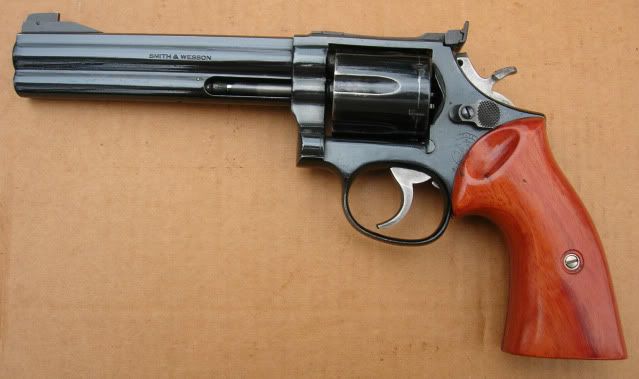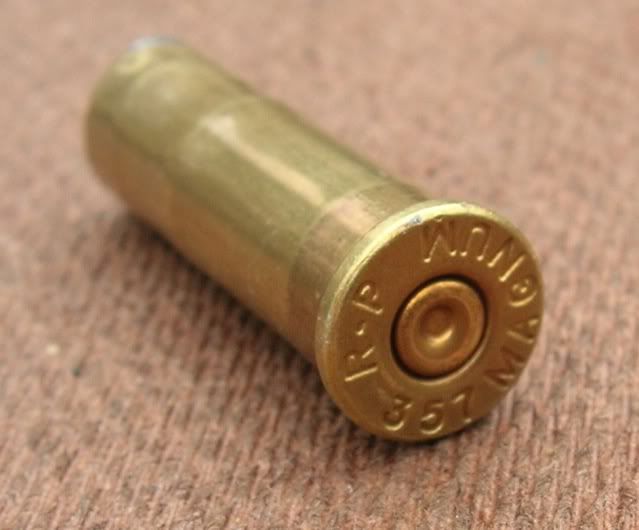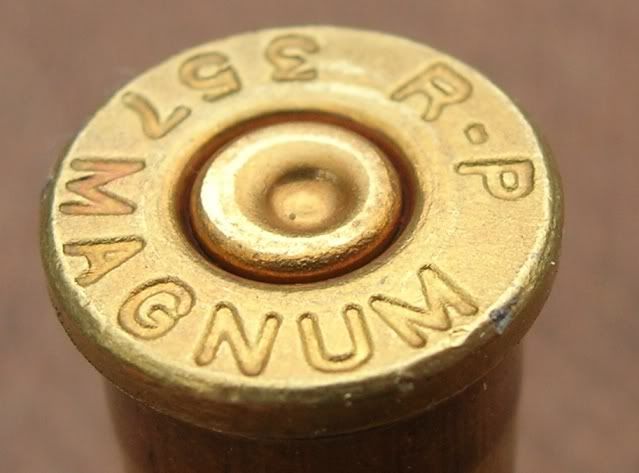Ribcracker
New member
I was half way through an IHMSA match last Saturday when my 7BR XP-100 went foof instead of bang. When I ejected the case, unburnt powder spilled onto the ground and into my action. The bullet was lodged about 3" from the chamber. My spotter had an old cleaning rod but we couldn't drive it out and his rod was destroyed.
When I got home I tried using a hardwood dowel but it just splintered, so I bought a 1/4" aluminum rod which just bent and smooshed at both ends.
I hated to do it but I was finally able to drive it out with a steel rod.
But why did this happen? The powder was 27 gr of Win 748 that I had purchased only a couple months earlier and used at the last match without incident. Primer was Rem 7 1/2 BR, also relatively new.
Granted, it was a rainy/misty day but I don't see why that should matter.
Now I'm paranoid. Will this happen again at the next match?
Anybody have any insight into this odd phenomena?
Peace,
Bud
When I got home I tried using a hardwood dowel but it just splintered, so I bought a 1/4" aluminum rod which just bent and smooshed at both ends.
I hated to do it but I was finally able to drive it out with a steel rod.
But why did this happen? The powder was 27 gr of Win 748 that I had purchased only a couple months earlier and used at the last match without incident. Primer was Rem 7 1/2 BR, also relatively new.
Granted, it was a rainy/misty day but I don't see why that should matter.
Now I'm paranoid. Will this happen again at the next match?
Anybody have any insight into this odd phenomena?
Peace,
Bud




